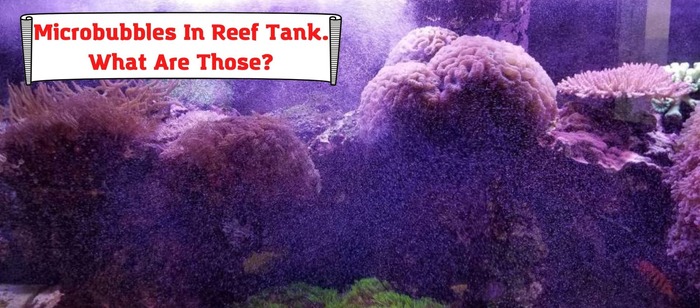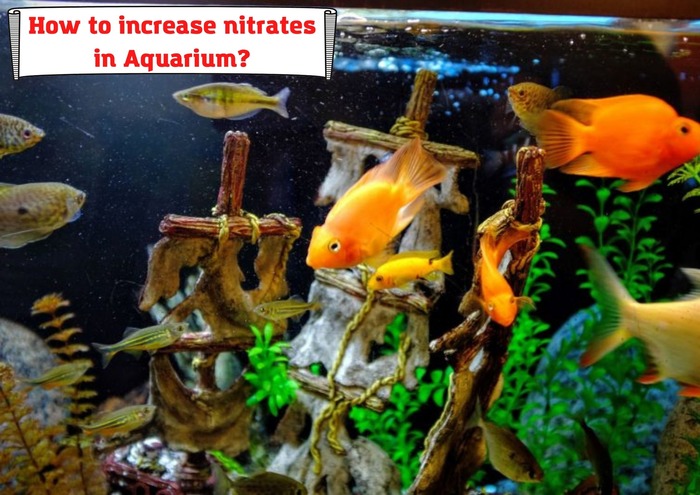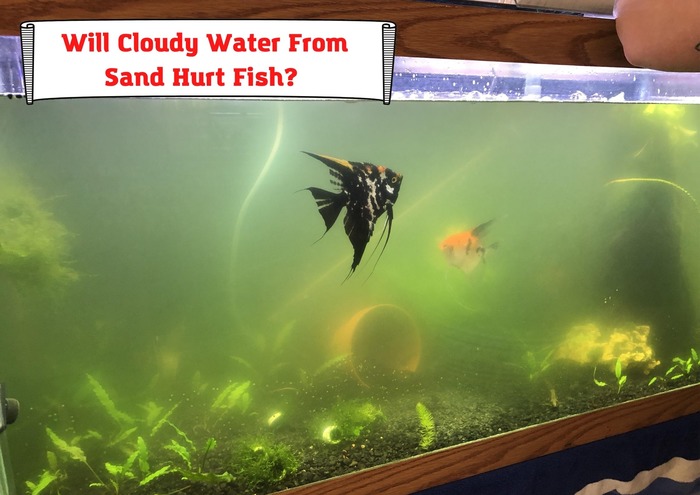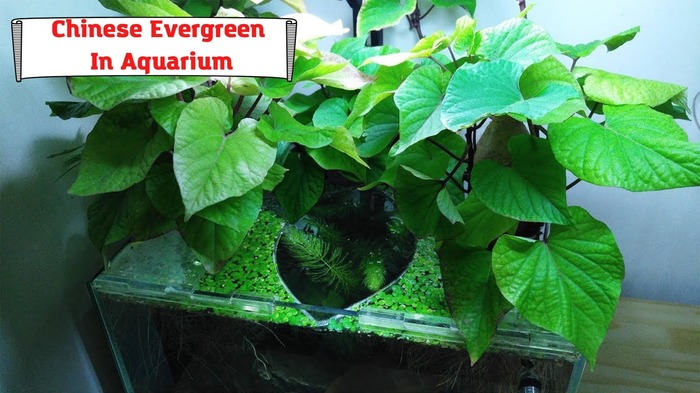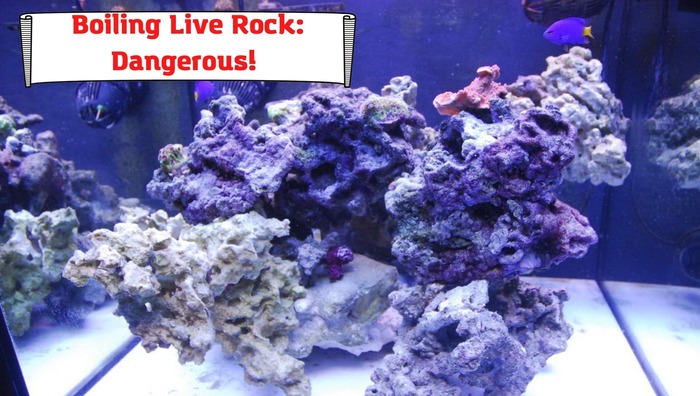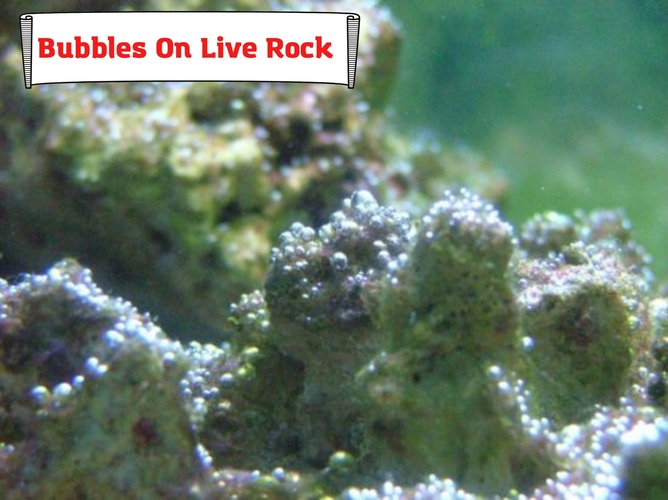Cracked Aquarium – Is It Dangerous? And What Should I Do?
When you see that your fish tank is cracked, you may start panicking. Will it explode? Will the water just spill on the floor with your fish? How much time do you have to fix this? All these questions start attacking your brain. But what you need to do is to calm down and learn …
Cracked Aquarium – Is It Dangerous? And What Should I Do? Read More »



